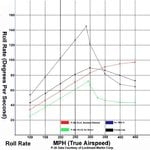Soren
"It was all about getting past that fear though as Wolfrum Leykauf both explain, both having successfully out-turned and shot down quite a few Spitfires."
Leykauf claimed 3 Spitfires and IIRC Wolfrum's all claims were on Eastern Front, so what is your definition to "quite a few"?
Juha
"It was all about getting past that fear though as Wolfrum Leykauf both explain, both having successfully out-turned and shot down quite a few Spitfires."
Leykauf claimed 3 Spitfires and IIRC Wolfrum's all claims were on Eastern Front, so what is your definition to "quite a few"?
Juha



